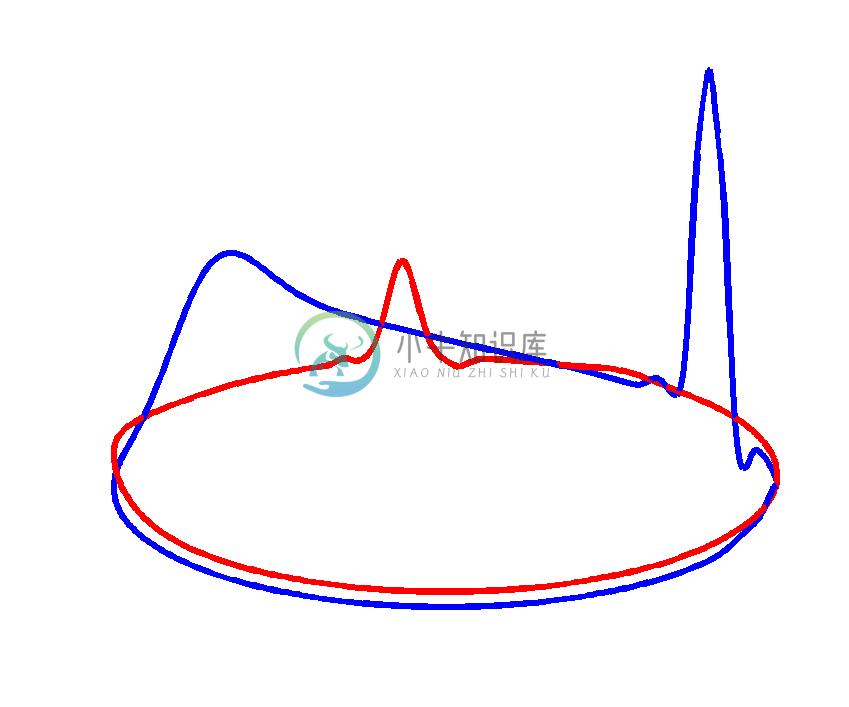FECGSYN toolbox, version 1.3-alpha, August 2019
Open-source platform for reproducible NI-FECG research
- Documentation available at: www.fecgsyn.com
- Large dataset of simulated signals (FECGSYNDB) available at Physionet
- See latest release under https://github.com/fernandoandreotti/fecgsyn/releases/
Authors
FECGSYN is the product of a collaboration between the Department of Engineering Science, University of Oxford (DES-OX), the Institute of Biomedical Engineering, TU Dresden (IBMT-TUD), the Department of Electrical and Electronic Engineering, University of Melbourne (EEE-UOM) and the Biomedical Engineering Faculty at the Technion Israel Institute of Technology (BME-IIT). The authors are:
- Joachim Behar
- Fernando Andreotti
- Julien Oster
- Sebastian Zaunseder
- Gari D. Clifford
- Emerson Keenan
- Chandan Karmakar
- Marimuthu Palaniswami
Contacts: jbehar@technion.ac.il & fernando.andreotti@eng.ox.ac.uk
History
FECGSYN is built upon the work from McSharry et al. [1] and Sameni et al. [2]The original code from McSharry et al. is available in MATLAB and inC on PhysioNet. The code developed by Sameni et al.is part of the OSET toolbox, also available online in MATLAB.Links to these work are available at:http://physionet.incor.usp.br/physiotools/ipmcode/
McSharry, Patrick E and Clifford, Gari D and Tarassenko, Lionel and Smith, Leonard A.A dynamical model for generating synthetic electrocardiogram signals. IEEE Transactionson Biomedical Engineering, 50(3) 2003.
Sameni, Reza, et al. Multichannel ECG and noise modeling: application tomaternal and foetal ECG signals. EURASIP Journal on Advances in Signal Processing2007 (2007).
References
When using FECGSYN please reference at least one of the following articles:
- Behar, Joachim, Fernando Andreotti, Sebastian Zaunseder, Qiao Li, Julien Oster, and Gari D Clifford. 2014. "An ECG Model for Simulating Maternal-Foetal Activity Mixtures on Abdominal ECG Recordings." Physiol Meas 35(8), pp.1537-50, 2014.
and/or
- Andreotti F., Behar J., Zaunseder S.,Oster J. and Clifford G D., An Open-Source Framework for Stress-Testing Non-Invasive Foetal ECG Extraction Algorithms. Physiol Meas 37(5), pp. 627-648, 2016.
If you are using FECGSYN's asymmetric volume conductor modeling capability, please reference the following article:
- Keenan E., Karmakar C K. and Palaniswami M., The effects of asymmetric volume conductor modeling on non-invasive fetal ECG extraction. Physiol Meas 39(10), pp. 105013, 2018.
License
Released under the GNU General Public License
This program is free software: you can redistribute it and/or modifyit under the terms of the GNU General Public License as published bythe Free Software Foundation, either version 3 of the License, or(at your option) any later version.
This program is distributed in the hope that it will be useful,but WITHOUT ANY WARRANTY; without even the implied warranty ofMERCHANTABILITY or FITNESS FOR A PARTICULAR PURPOSE. See theGNU General Public License for more details.
You should have received a copy of the GNU General Public Licensealong with this program. If not, see http://www.gnu.org/licenses/.
Disclaimer
This toolbox makes use of several other pre-existing open source algorithms listed below:
- ECGSYN: A realistic ECG waveform generator, by Dr. Patrick McSharry and Gari D. Clifford, available here (licensed under GNU GPL 2.0)
- Open Source ECG Toolbox (OSET), v1.0, by Dr. Reza Sameni, available here (licensed under GNU GPL 2.0)
- FastICA for Matlab, v2.5, by Hugo Gävert, Jarmo Hurri, Jaakko Särelä, and Aapo Hyvärinen available here (licensed under GNU GPL 2.0)
- JadeR, by Jean-Francois Cardoso, available here (BSD license)
- FECG-ESN toolbox, v1.0, Dr. Joachim Behar, available here (licensed under GNU GPL 2.0)
- ESN learning toolbox, v1.0, by H. Jaeger (Fraunhofer IAIS), available here (unlicensed)
- QRS Detection with Pan-Tompkins algorithm, by Daniel Wedekind, available here (licensed under GNU GPL 2.0)
- arrow.m, by Dr. Erik A. Johnson, available here, (BSD license)
- fwhm.m, v1.2, by Patrick Egan, available here, (BSD license)
- pcorr2.m, by Peter Rydesäter, available here (BSD license)
- FieldTrip: The MATLAB toolbox for MEG and EEG analysis, v20190828, by Robert Oostenveld, Pascal Fries, Eric Maris, and Jan-Mathijs Schoffelen, available here (licensed under GNU GPL 2.0)
- Iso2Mesh, v1.9.0-1, Qianqian Fang, available here (licensed under GNU GPL 2.0)
Not provided with package, ocasionally required, see install instructions:
- WFDB Toolbox for MATLAB and Octave, v.0.9.9, by Dr. Ikaro Silva, available here (licensed under GNU GPL 2.0)
- Pre-processed anatomic models, by Emerson Keenan, available here (licensed under CC BY-NC-SA 2.0 FR)


